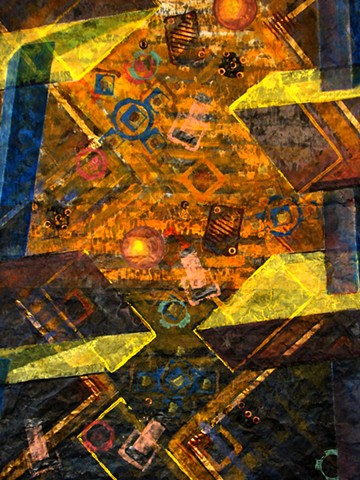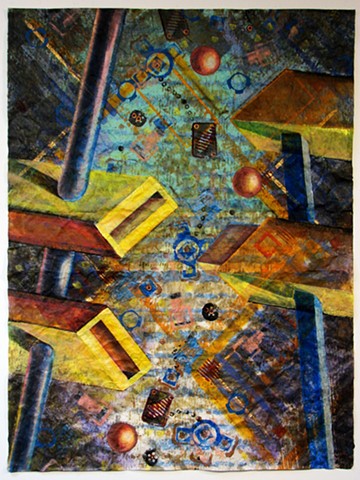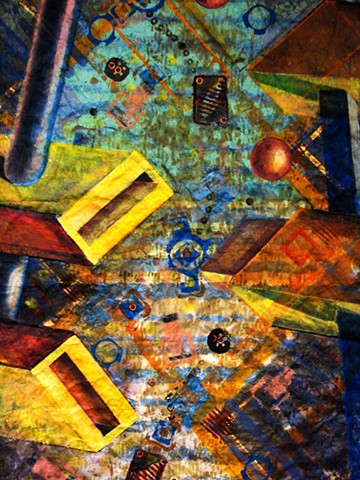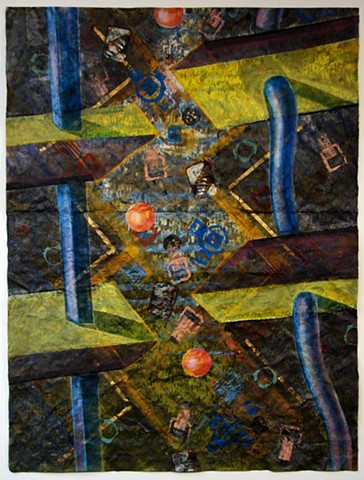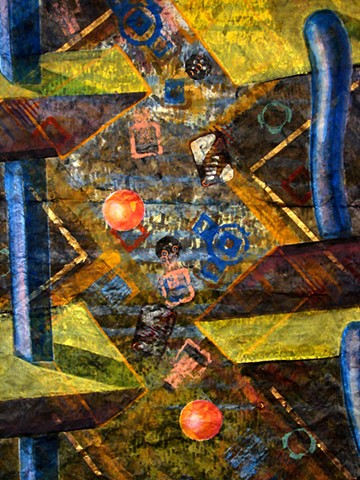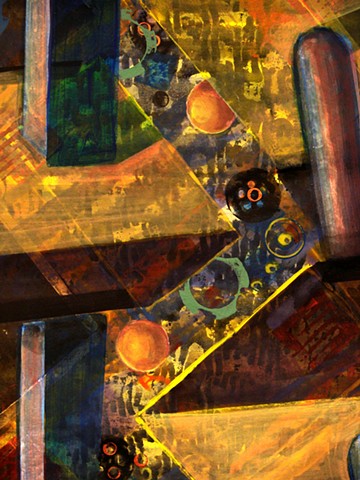Provisions for an Archive
The midden and the grave serve as archeological records of the past. From bones and pot sherds to gold and occasionally mummy cloth we have been able to restructure some of the past. Utilitarian, religious, and hierarchical details emerge as the past is unearthed. The midden gives us a schedule based on the householders and their settlements and the gravesites offer up those treasures that were to accompany the departed one into their afterlife.
Jade plaques, about the size of a credit card were made into suits of clothing for the dead. Similarly jade was placed on or in the eight or nine human orifices before inhumation. The plaques were very uniform, and the jade plugs were also fashioned with the very precise and intensive labor that jade-working entails.
The library and the museum are the functioning ancestors of the original and somewhat accidental archives described above. These new and continuing repositories serve the living and like the gravesite accoutrements are selected with the idea of maintaining an on-going record of humanity and its aspirations and achievements.
Self-storage – those ubiquitous American business complexes wherein one can pile up the things that have been accumulated but now are cumbersome – is located somewhere between the midden and the museum. A friend once told me that he believed that the purpose of storage units, in the self-storage sense, existed so that one could visit their possessions and thereby avoid disposing of things, perhaps prematurely.
Foodstuff and utilitarian and precious objects were selected for the afterlife. Although the expectation was that this practice didn’t mean the wealth of this offering was wasted, there was still a good deal of immediate sacrifice in relinquishing these sustaining and valuable things. For elderly persons the issue of what becomes of a lifetime of possessions often is a burdening obsession that is very difficult to assuage.
A midden of space junk surrounds the planet now. Since the first satellite launches in the 1960’s increasing amounts of hardware is left in orbit above our heads. Our more earth-bound techno-trash has been dispersed, often using third world labor to disassemble the often toxic components. We are archiving our progress here by attempting to put it ‘out of sight, out of mind’.
The haunting question that has come to be a feature of humanity is: what do we keep and what do we throw away? Our earliest impulse to bury our treasure with our loved ones has been hard-wired into our collective psychology. How will future generations interpret the choices we have made of ‘what to keep and what to discard’? This is the subject of these paintings.

